
Fifth and Main


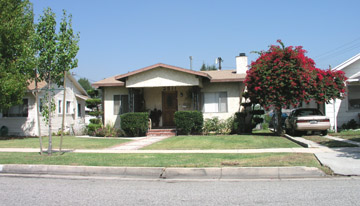

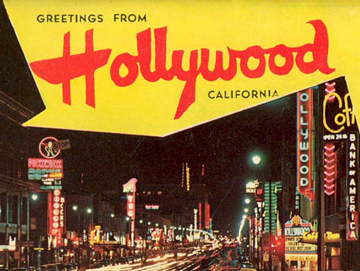
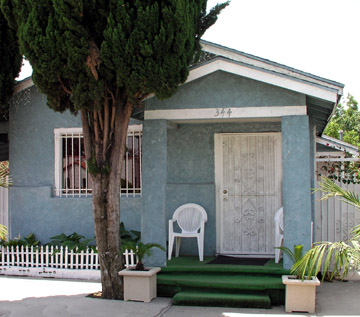
Here’s the house where he gave her forty whacks (or at least one, which apparently sufficed):
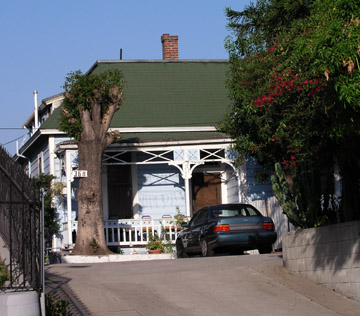
“I must end the source of trouble in this house†read the note. Is it that trouble lay with the house itself, in some sort of mock-Amityvilleism? Borne of its pitched roof and sinister spindlework? That’s for the present owners to find out. After which, should they need such, the can rest assured that the Bridge of Death is a short walk from their digs:
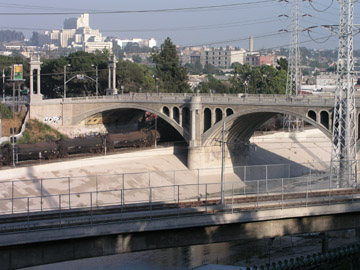
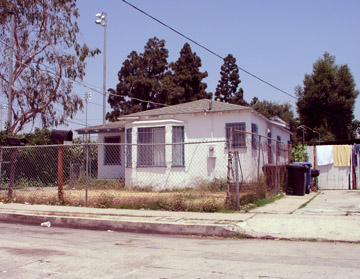
Three shots to the head. Grasses hopefully tended with more care than these, fertilized by blood. A living room with some spattered brain, but non-fatal. Broken marriages and bloodshed are as commonplace as security bars and klieg lights. And rightfully so.
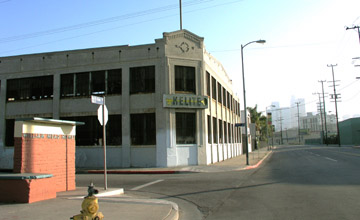
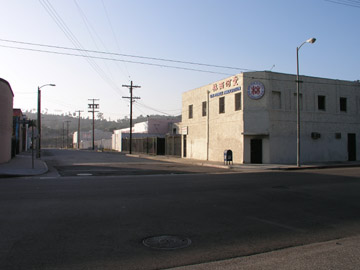
Nearby is the William Mead Homes public housing project (415 units, 1940, nice corner windows). Did the residents see anything? Nah. But then, these projects were built on the site of the big bad Southern Refining and Amalgamated Oil which stood from 1900-1924 (read: toxic soil), so liberals will excuse locals of any Kitty Genovesism. This, despite the fact that statistically, the rich in LA are more likely to die from polycyclic aromatic hydrocarbons than the poor. But I digress.
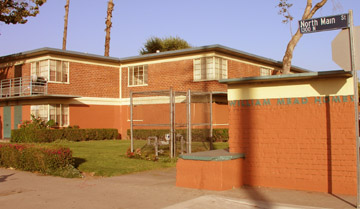
In any event, poor Rosenda is a mere blotch on the eclipse that is Dahlia in 1947 Los Angeles. Think of her when next in the neighborhood.
The house from which Nellie fled:
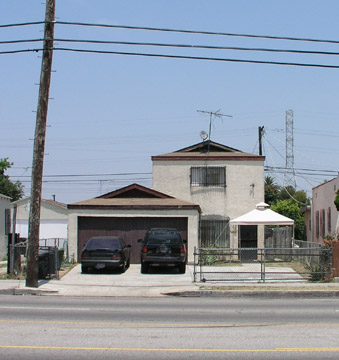
Among a strip of interwar houses, this one typifies the street as well as any other. Stucco and security bars. Although to-day we like to think the ladies are packing sufficient iron to volley back.
(That’s not a raven, and not a mynah.)
People ask me all the time, hey, you got a time machine, you gonna kill Hitler?
Fat chance.
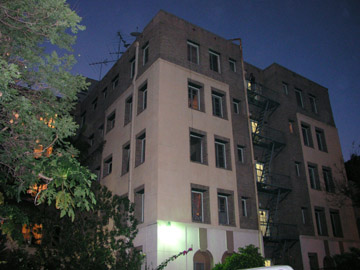
Look out, crow abusers. Death like manna.

By 1947, 8444 had entered into the aforementioned contretemps with Madge and Gianaclis.
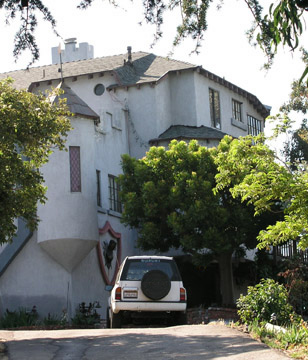
(The castle motif is not original to the house, but was added after Northridge.)
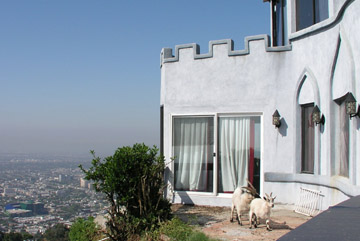
You can see why they’d fight over the thing, the views being pretty spectacular.
Although we should assume goats were not involved at that time.
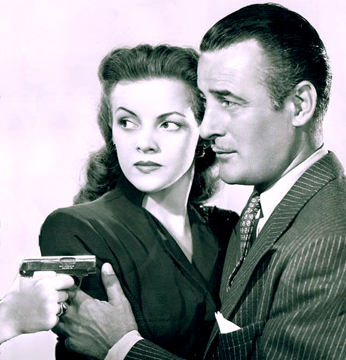
And then there’s Madge herself. Sure, she comes off as no stranger to unsavory characters. But- the story continues, involving as it does Earl Warren, the California Assembly, and that little slice of heaven we call Tehachapi- but I’ll let another illuminate that.
suggested reading: Storybook Style: America’s Whimsical Homes of the Twenties